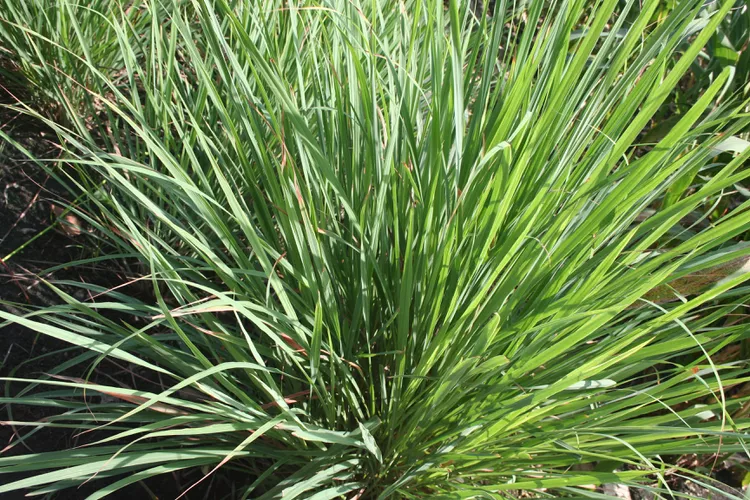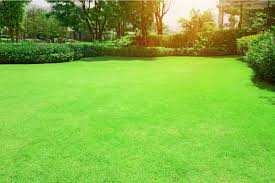Buffalo Grass (Bouteloua dactyloides)? How to grow, care and maintain it
Buffalo grass (Bouteloua dactyloides). This plant is considered a weed nearly everywhere it grows. These plant typically can grow to 2 feet tall. This grass is belong to family POACEAE. This is native of the Great Plains region of North America, has gained significant popularity in Australia due to its exceptional drought tolerance and low maintenance requirements. This hardy grass variety is well-suited to the country’s often arid climate, making it an ideal choice for many people of Australia, United state and United kingdom.
Table of Contents
Key Benefits of Buffalo Grass
The key features of Buffalo grass are given below:
Drought Tolerance
Buffalo grass has a deep root system that enables it to access moisture from the soil more effectively than other grass types. This makes it highly resistant to drought conditions, a common challenge in many parts of Australia.
Low Maintenance
Once established, buffalo grass requires minimal care. It is slow-growing and can tolerate infrequent mowing, reducing the time and effort needed for lawn maintenance
Disease and Pest Resistance
This grass variety is generally resistant to common lawn diseases and pests, further simplifying its care. Most common fungal diseases of grass are less common in buffalo grass like leaf curly and Fusarium disease.
Foot Traffic Tolerance (Resiliance)
Buffalo grass is durable and can withstand moderate foot traffic, making it suitable for lawns in areas with frequent use like public places and sports grounds.
Buffalo grass has Up to 70% Shade Tolerance
This grass has capibilty to grow under shade as well. Most of the lawn grasses as kikuyu grass is not shade lover. It can grow under 70% area with shade. The long winters with lesser periods of sun light does not too much harm to it. This best choice then kikuyu grass
Very Good weed resistant
Buffalo grass forms a dense, mat-like growth habit. This dense growth helps to prevent weeds from establishing and protects the soil from erosion.. Buffalo grass is weed resistant because it has unique property to release some chemicals by its roots which did not allow other weeds to grow in its neighboring area
Self-repairing
When damaged, buffalo grass can quickly regrow from its root system. This rapid recovery ability helps to maintain a healthy and attractive lawn. Buffalo grass spreads through stolons and rhizomes, which are underground stems. These underground stems enable the grass to rapidly fill in gaps and regenerate after damage.
Ideal Climate Conditions
The best account on climate conditiond best for buffalo grass to grow are given below;
Warm and Dry Climate
grass is well-suited to warm, dry climates with low humidity. It is particularly tolerant of drought conditions.
Hot Summers
It thrives in areas with hot summers and can withstand high temperatures
Mild Winters
While it can tolerate mild winters, extreme cold can damage buffalo grass. It is best suited for regions with mild to moderate winters
Suitable Soil Conditions
The best account on climate conditiond best for buffalo grass to grow are given below;
Well-Draining Soil
: Buffalo grass requires well-draining soil to prevent root rot. Avoid planting it in areas with poor drainage.
Neutral pH
A neutral soil pH (around 6.5-7.0) is ideal for buffalo grass growth
Sandy or Loamy Soil (Coastal area)
While it can adapt to various soil types, buffalo grass typically performs best in sandy or loamy soils. Heavy clay soils can be challenging for its root system
Note:
: While buffalo grass is adaptable, it may not be the best choice for regions with extremely cold winters or heavy rainfall. If you live in such an area, it’s advisable to consult with a local landscaping professional to determine the most suitable grass species for your climate and soil conditions.
Planting of Buffalo Grass
Buffalo grass is a hardy and low-maintenance lawn option. Here’s a step-by-step guide to growing it;
Timing
Plant buffalo grass in the spring or fall when temperatures are mild. Mild temperature is suitable for germination of seeds and sprouting of sods.
Method
You can plant buffalo grass from sod, plugs, or seed. Sod is the fastest way to establish a lawn, while seed is the most cost-effective option. The chances of seed inability to grow are larger because of many factors as soil and climatic non compatibilty, minor change in temperature or pH leading to failure of germination of seed.
Spacing
Follow the recommended spacing guidelines for your planting method.
Watering
Water the newly planted grass thoroughly and regularly to keep the soil moist but not soggy.
Maintaining Buffalo Grass
Buffalo grass is a low-maintenance lawn option, but it still requires some basic care to thrive. Here are some tips for maintaining your buffalo grass lawn:
Mowing
Maintain a mowing height of 2.5 to 3.5 inches (6-9 cm). This helps to protect the root system and promotes a healthy, dense lawn. Ensure your mower blades are sharp to prevent damage to the grass blades. This grass need to be mowed every 5-7 days in summer. Leaving the grass clippings on the lawn can provide nutrients and help to retain moisture.
Watering
Water deeply and infrequently, allowing the soil to dry out completely between waterings. This encourages deep root growth Overwatering can lead to root rot and other problems. A well-designed sprinkler system can help to ensure even watering.
Fertilizing
Buffalo grass requires minimal fertilization. Apply a balanced fertilizer once or twice a year, following the manufacturer’s instructions. Over-fertilization can lead to excessive growth, which can make the lawn more susceptible to diseases and pests.
Weed, Pest and Disease Control
Apply pre-emergent herbicides in the spring to prevent weeds from germinating. Use post-emergent herbicides to control weeds that have already emerged.Regularly inspect your lawn for signs of pests or diseases. If you notice any problems, take action to address them promptly.
Conclusion:
Buffalo grass offers a sustainable and low-maintenance lawn solution for Australian homeowners. Its drought tolerance, disease resistance, and durability make it an excellent choice for those seeking a beautiful and resilient lawn. By understanding the key benefits and considerations of growing buffalo grass, you can make an informed decision about whether it is the right option for your landscape.




